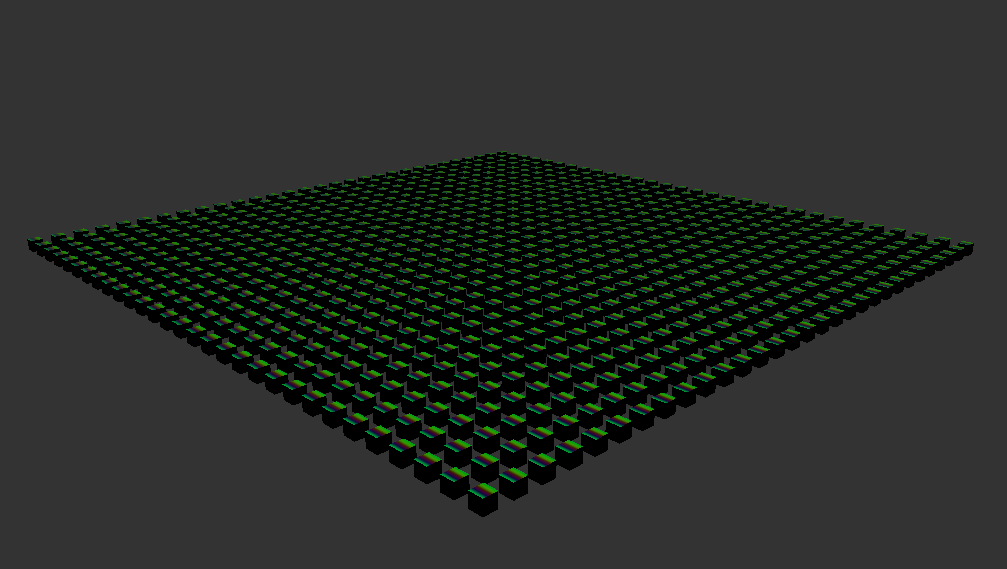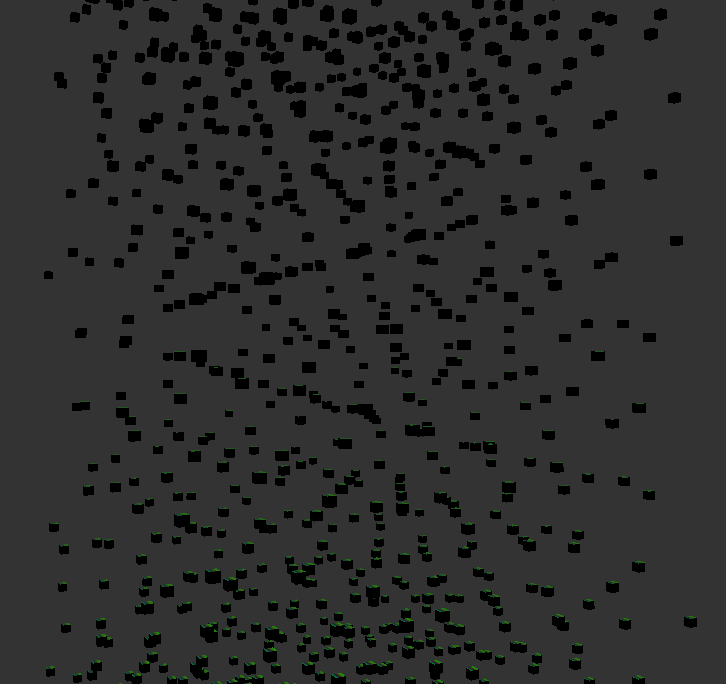Hey guys. I have a scene where mostly my nodes are copies with the same shaders. At the moment is just a around 15-20 boxes moving around and I am already getting quite terrible performance with simple diffuse shader. Is there any good way to use instancing on ES 2.0 . I noticed two extensions that can help and other ways of faking it like this:
http://carloscarrasco.com/faking-mesh-instancing-in-opengl-es-20.html
Extensions:
https://www.khronos.org/registry/gles/extensions/EXT/EXT_instanced_arrays.txt
https://www.opengl.org/registry/specs/EXT/draw_instanced.txt
Or any others suggestions to reduce the draw calls?

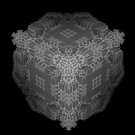

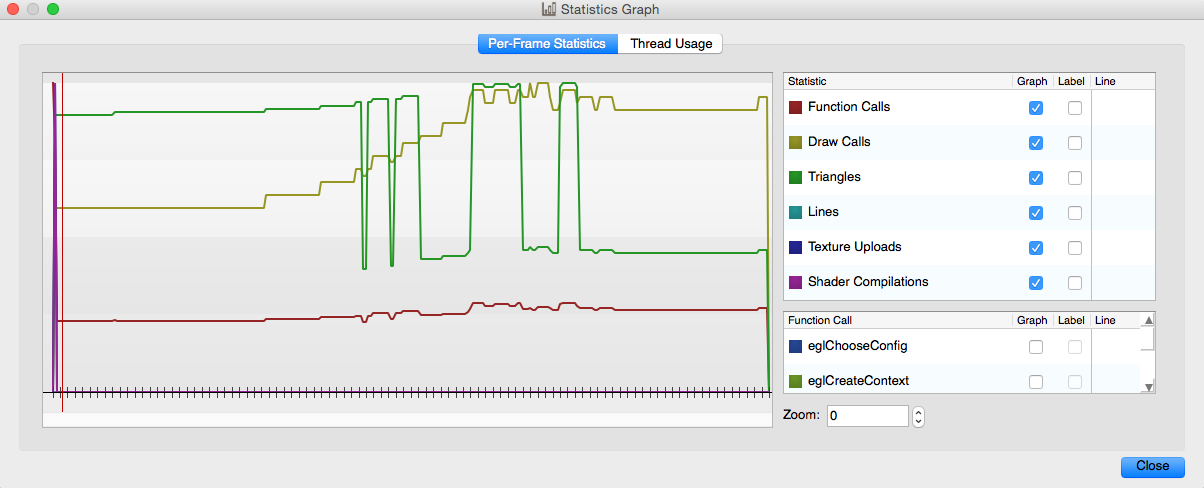
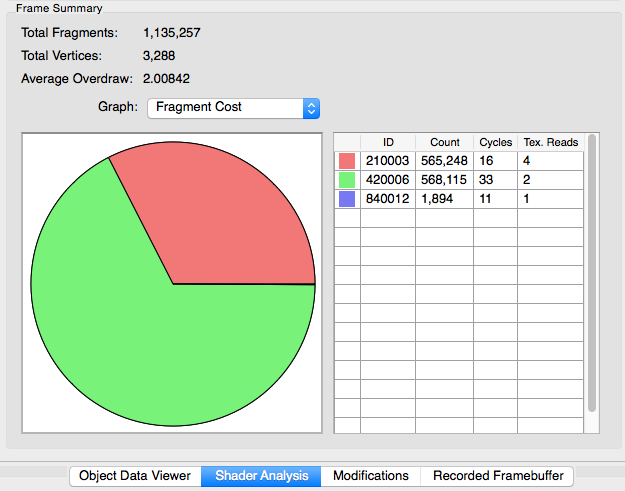
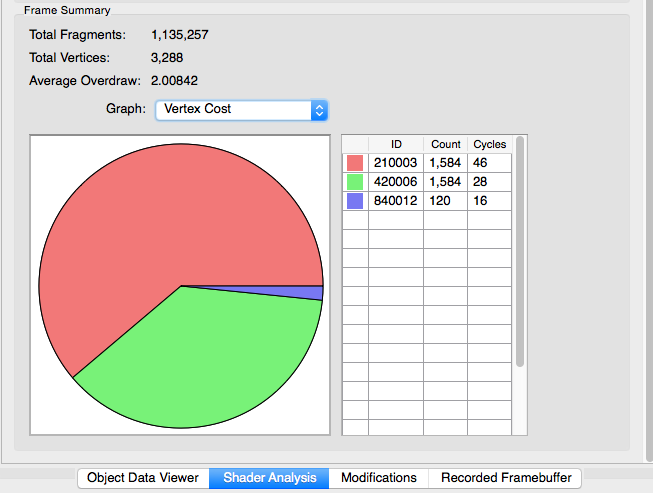
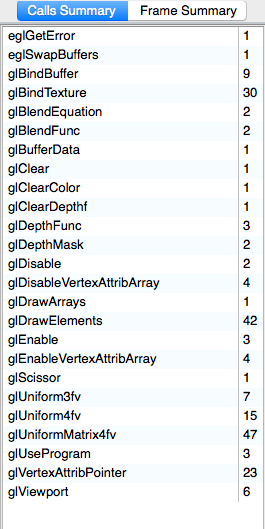
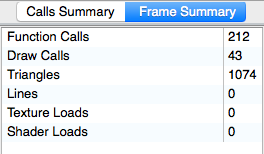
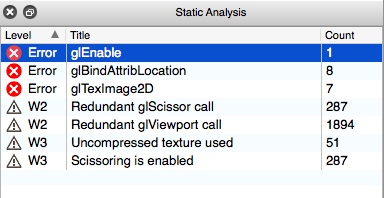
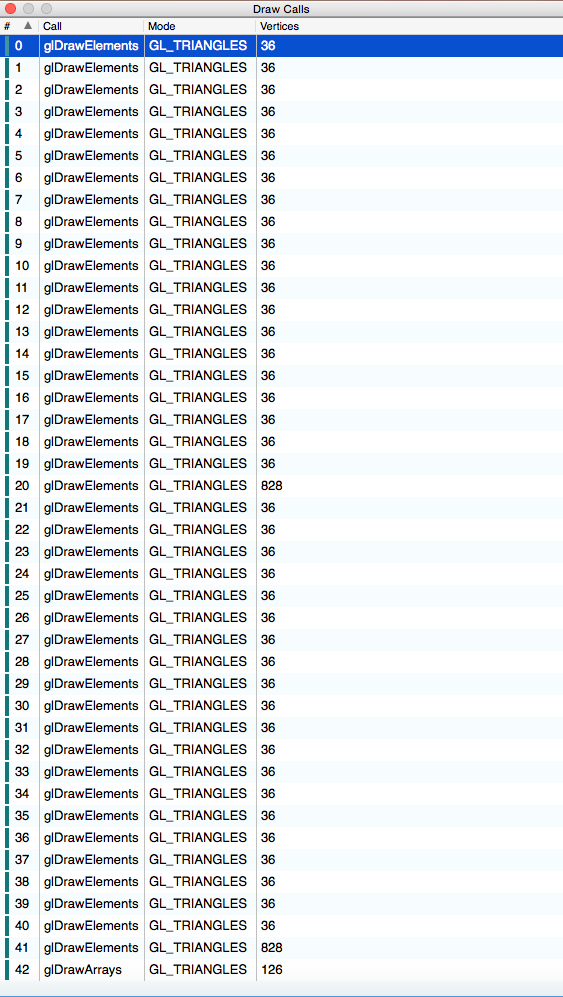


 it could only do one rendered pass with some baked lighting on it, and Horde3D wasn’t as flexible and didn’t do the litbase optimisation out of the box either. The spec and forward light would also benefit from baking down to a lookup texture instead of doing a pow operation.
it could only do one rendered pass with some baked lighting on it, and Horde3D wasn’t as flexible and didn’t do the litbase optimisation out of the box either. The spec and forward light would also benefit from baking down to a lookup texture instead of doing a pow operation.
